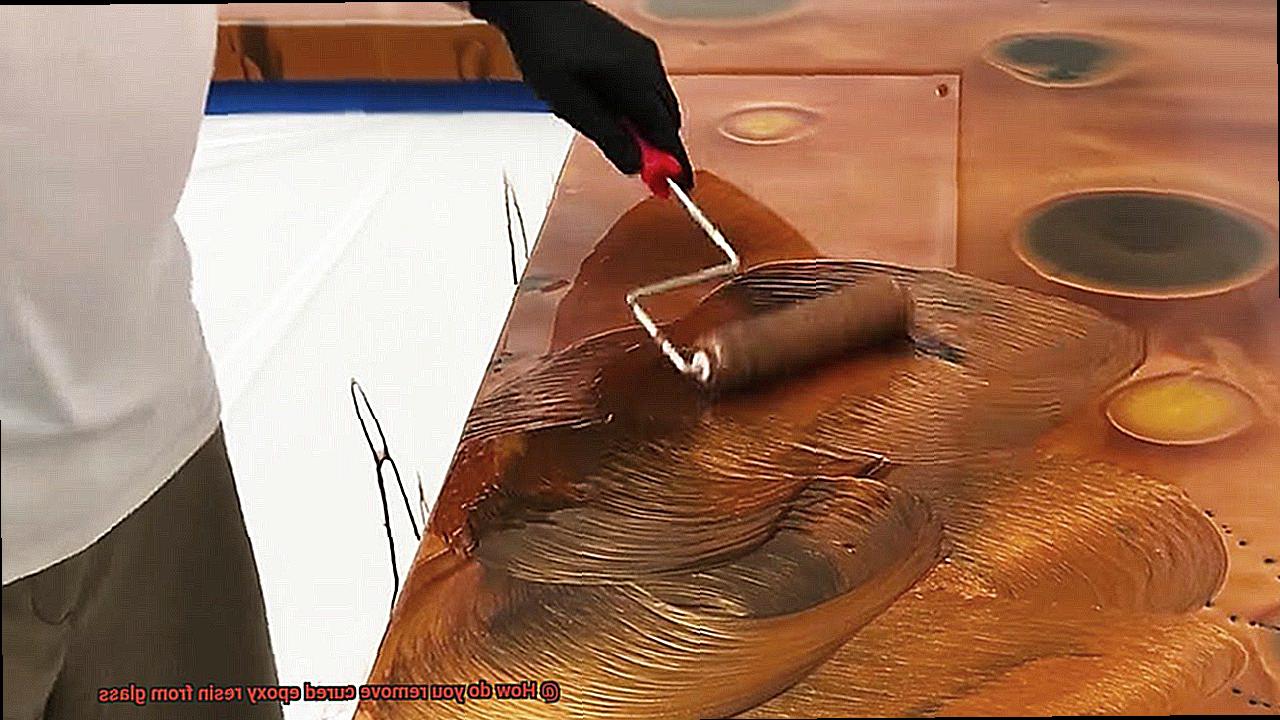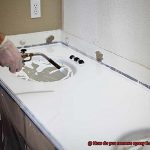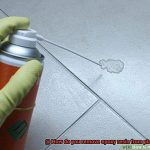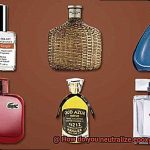Have you ever found yourself staring at an unsightly patch of cured epoxy resin on your once-pristine glass surface? Maybe you were indulging in some DIY fun, or perhaps your artistic endeavors left behind an unwanted residue. Whatever the case may be, removing cured epoxy resin from glass can seem like a daunting task. But don’t fret. There are several effective methods that can make this process a breeze.
It’s important to note that while epoxy resin is incredibly adhesive when it’s in its liquid state, it becomes hardened and much more difficult to remove once it has cured. That’s why it’s essential to act fast and remove any excess resin before it dries, and then use the right technique to remove any remaining hardened residue. In this blog post, we’ll explore several methods for efficiently and effectively removing cured epoxy resin from glass.
Let’s start with the most straightforward approach: using a razor blade or scraper to carefully remove any visible residue. From there, we’ll dive into how heat can be used to loosen the adhesive properties of epoxy resin so that it can be more easily scraped off. Finally, we’ll explore some chemical-based methods like using acetone or rubbing alcohol to soften and remove the hardened resin.
So if you’re ready to revive your glass surfaces and bid farewell to that pesky epoxy residue, let’s get started.
What is Cured Epoxy Resin?
Contents
- 1 What is Cured Epoxy Resin?
- 2 Understanding the Risks of Removing Cured Epoxy Resin from Glass
- 3 Heat Method for Removing Cured Epoxy Resin from Glass
- 4 Solvent Method for Removing Cured Epoxy Resin from Glass
- 5 Mechanical Method for Removing Cured Epoxy Resin from Glass
- 6 Tips and Tricks for Safely Removing Cured Epoxy Resin from Glass
- 7 Pros and Cons of Different Methods for Removing Cured Epoxy Resin from Glass
- 8 Common Mistakes People Make When Removing Cured Epoxy Resin from Glass
- 9 Conclusion
Cured epoxy resin is a remarkable adhesive that has become a household name for its exceptional strength and durability. It is composed of two parts, a resin and a hardener, which when mixed together, create an incredibly tough bond. Once applied to a surface, it begins to cure and harden over time, forming an unbreakable bond that can last for years.
Epoxy resin is versatile and can be used on a range of surfaces including glass, metal, wood, and plastic. In particular, using epoxy resin on glass surfaces creates a clear and glossy finish that enhances the appearance of the glass, making it perfect for decorative pieces.
However, removing cured epoxy resin from glass can prove challenging. To remove cured epoxy resin from glass surfaces safely and effectively, several methods can be used. One such method is using heat. Applying heat to the epoxy softens the bond and allows gentle removal with a plastic scraper or razor blade. But caution must be taken not to apply excessive heat as this may cause the glass to crack or warp.
Another effective method for removing cured epoxy resin from glass is using solvents like acetone, rubbing alcohol, or vinegar. These solvents break down the chemical bonds of the epoxy resin, making it easier to remove. However, it’s crucial to test a small area first as some solvents may damage the glass surface.
Mechanical methods such as sanding or grinding can also be used to remove cured epoxy resin from glass. This method requires more effort and time and may cause scratches on the glass surface if not done carefully.
Cured epoxy resin is known for its high strength and durability, making it resistant to water, chemicals, and heat. This property makes it ideal for use in harsh environments such as industrial settings where durability is paramount.

Understanding the Risks of Removing Cured Epoxy Resin from Glass
Removing cured epoxy resin from glass can be a daunting task, especially for those who are not familiar with the risks involved. As an expert in this field, I want to help you understand the potential hazards and provide you with tips on how to avoid them.
One of the primary risks of removing cured epoxy resin from glass is damaging the surface. Epoxy resin forms a strong bond with the glass, making it difficult to remove without causing scratches or cracks. To prevent this, it’s important to take your time and use gentle tools and techniques. Consider using a plastic scraper or a sponge with warm soapy water to loosen the bond before attempting to remove the resin.
In addition to surface damage, there’s also the risk of exposure to toxic chemicals. Many solvents used to dissolve epoxy resin contain harmful chemicals that can cause serious health problems if inhaled or ingested. Always wear protective gear such as gloves, a mask, and goggles when handling these chemicals.
Another risk to consider is accidentally breaking the glass while removing the resin. If the glass is already weakened or damaged in some way, it’s important to handle it with extra care. Consider using a support system like clamps or a vice grip to stabilize the glass while removing the resin.
To summarize, here are some essential tips for safely removing cured epoxy resin from glass:
- Take your time and use gentle tools and techniques.
- Wear protective gear like gloves, a mask, and goggles.
- Consider using a plastic scraper or warm soapy water to loosen the bond before removing the resin.
- Use a support system like clamps or a vice grip to stabilize the glass.
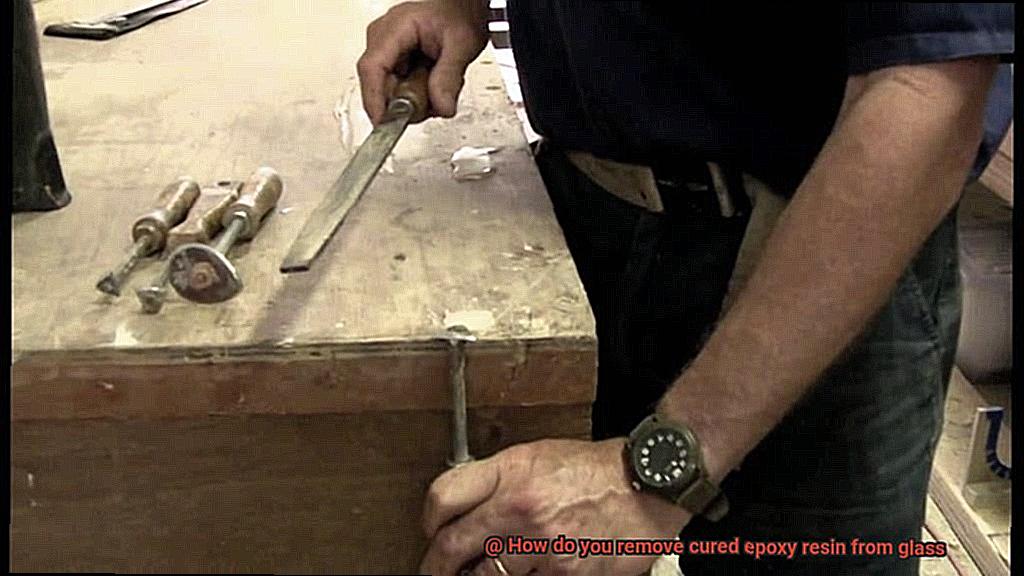
Heat Method for Removing Cured Epoxy Resin from Glass
Fear not, for there is a tried and tested solution – the heat method. As an expert in removing cured epoxy resin from glass, I highly recommend this technique as one of the most effective ways to get rid of this pesky adhesive.
The heat method involves applying heat to the resin, which softens it and makes it easier to remove. There are several ways to use this method, including using a heat gun, an oven, or boiling water. Let’s take a closer look at each of these techniques:
Using a Heat Gun:
- Set the heat gun on a low to medium setting.
- Hold it about 2-3 inches away from the surface of the epoxy resin.
- Move the heat gun back and forth over the area until the adhesive begins to soften.
- Use a plastic scraper or putty knife to remove it from the surface of the glass.
Using an Oven:
- Preheat the oven to 200-250 degrees Fahrenheit.
- Place the glass with cured epoxy resin inside for about 10-15 minutes.
- Once the adhesive has softened, use a plastic scraper or putty knife to remove it from the surface of the glass.
Using Boiling Water:
- Fill a pot with enough water to submerge the glass.
- Bring it to a boil.
- Carefully place the glass in the pot and let it sit for about 10-15 minutes.
- Once the adhesive has softened, use a plastic scraper or putty knife to remove it from the surface of the glass.
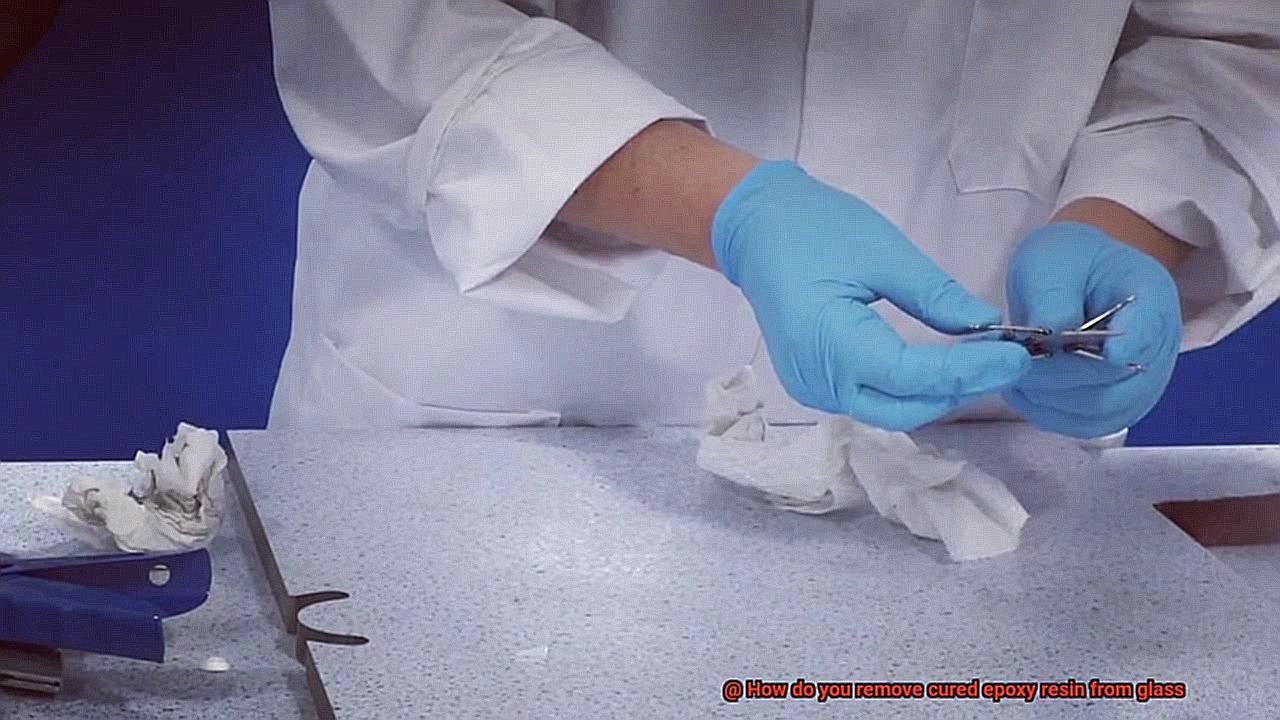
It is crucial to wear protective gloves when using any of these methods and handle the glass with care. Avoid overheating or damaging the glass by keeping constant movement when using a heat gun. Proper ventilation should be present when using a heat gun or oven to avoid inhaling fumes from the cured epoxy resin.
Solvent Method for Removing Cured Epoxy Resin from Glass
Removing cured epoxy resin from glass can be a real hassle, but fear not. The solvent method is here to save the day. As an expert in this area, I’m excited to share with you all the tips and tricks for using solvents to remove cured epoxy resin from glass.
First things first, not all solvents are created equal when it comes to glass. You want to make sure you’re using a solvent that won’t damage or scratch the surface. Acetone is a popular choice and can be found in most hardware or home improvement stores. It’s a powerful solvent that dissolves many types of adhesives and resins, including epoxy.
To use acetone, simply soak a cloth or cotton ball in the solvent and apply it to the resin. Give it a few minutes to soften the resin before gently scraping it away with a plastic scraper or razor blade. Another effective solvent is isopropyl alcohol, which is less harsh than acetone but works in much the same way.
Feeling adventurous? Paint thinner, mineral spirits, and denatured alcohol are other solvents that may work, but be sure to test them on an inconspicuous area of the glass first to ensure that they do not damage or discolor the surface.
It’s important to keep safety in mind when working with solvents. Wear gloves and work in a well-ventilated area to avoid inhaling any fumes. Pro tip: avoid using these chemicals near open flames or sparks as they are highly flammable.
Mechanical Method for Removing Cured Epoxy Resin from Glass
Don’t worry, I’ve got you covered with some tried and tested mechanical methods.
First off, let’s talk about the classic scraper or razor blade method. This is ideal for small areas or removing excess resin. However, be mindful that glass is fragile and can easily scratch or crack if you’re not gentle. So, take your time and use a light touch to carefully scrape away the resin.
Moving on to the more heavy-duty option – the rotary tool method. This method is more effective for larger areas of cured epoxy resin, but it does come with some risks. The heat generated by the rotary tool can cause the glass to crack, so it’s crucial to proceed with caution and use a low speed setting.
If you’re dealing with large surfaces, like windows or doors, then the power washer method could be your best bet. But again, it’s essential to be cautious. High pressure can damage the glass, so ensure you use a low pressure setting.
Tips and Tricks for Safely Removing Cured Epoxy Resin from Glass
Removing cured epoxy resin from glass can be a challenging task, but with the right techniques and tools, it can be done safely and effectively. Here are 5 sub-sections with tips and tricks to help you remove epoxy resin from glass without damaging the surface:
Use a Razor Blade:
Using a razor blade is one of the most effective ways to remove cured epoxy resin from glass. Hold the blade at a 45-degree angle and carefully scrape away the resin from the surface of the glass. Be sure to apply even pressure and work slowly to avoid scratching or damaging the glass. It’s essential to wear gloves and eye protection while using this method, as small pieces of resin may fly off.
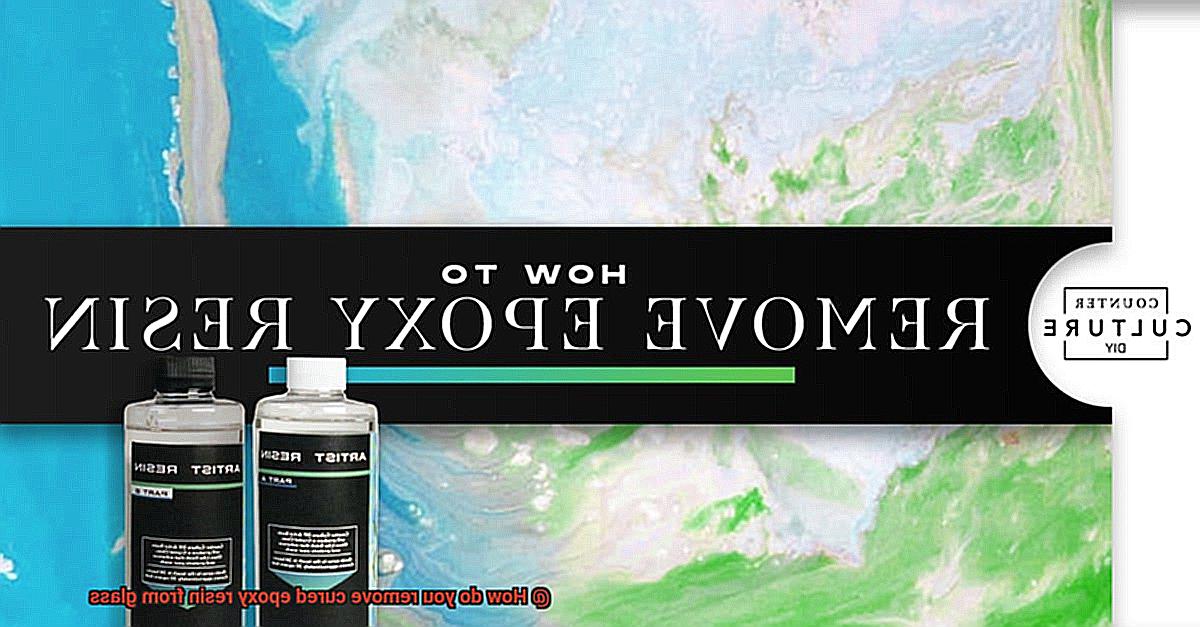
Soak in Hot Water:
Another way to remove cured epoxy resin from glass is to soak it in hot water. Fill a container with hot water and place the glass in it for several hours. The heat will soften the resin, making it easier to remove. Once the resin has softened, use a scraper or razor blade to gently scrape it away. This method is great for larger items such as vases or bowls.
Use Acetone:
Acetone is a powerful solvent that can dissolve cured epoxy resin. It is important to note, however, that acetone can also damage some types of glass, so it should be used with caution. Apply a small amount of acetone to a cloth or cotton ball and gently rub it onto the resin until it dissolves. Be sure to wear gloves and work in a well-ventilated area when using acetone. Additionally, acetone can dry out your skin, so make sure to moisturize your hands after use.
Try Vinegar:
Vinegar is another natural solution that can help remove cured epoxy resin from glass. Soak a cloth in vinegar and apply it to the affected area for several hours. The acid in the vinegar will break down the resin, making it easier to remove. This method is safe for most types of glass and can be a great alternative to using chemicals.
Use a Commercial Resin Remover:
If all else fails, you can try using a commercial resin remover designed specifically for removing epoxy resin from glass surfaces. Be sure to follow the instructions carefully and test the product on a small, inconspicuous area before using it on the entire surface. Some commercial removers are harsh and can damage the glass, so make sure to choose a product that is safe for your type of glass.
Pros and Cons of Different Methods for Removing Cured Epoxy Resin from Glass
There are several methods that can be used to tackle this challenge. However, each method has its own set of pros and cons, and it is essential to consider these before deciding which method to use.
One popular method for removing epoxy resin from glass is through the use of solvents such as acetone or isopropyl alcohol. The pros of using solvents are that they are effective and can save time. However, caution must be taken when handling these chemicals as they can be harmful if inhaled or ingested. Additionally, some types of glass may be sensitive to solvents, so it is crucial to test the solvent on a small area first.
Another method for removing epoxy resin from glass is through the application of heat. This method involves heating the glass, which causes the resin to soften and become easier to remove. The pros of using heat are that it is efficient and can work quickly. However, it is important to use caution when heating glass as it can crack or shatter if heated too quickly or unevenly. This method may also be limited to small areas due to safety concerns.
Mechanical methods such as scraping or sanding the resin off the glass can also be used. The pros of mechanical methods are that they are effective and do not require any additional chemicals or heat. However, these methods can be time-consuming and may damage the glass surface if not done carefully. Moreover, these methods may not be suitable for delicate or intricate glass surfaces.
Ultimately, the best method for removing cured epoxy resin from glass will depend on several factors, including the type of glass and the amount of resin that needs to be removed. It is important to weigh the pros and cons of each method before deciding which one to use.
Common Mistakes People Make When Removing Cured Epoxy Resin from Glass
Removing cured epoxy resin from glass can be a daunting task. However, it’s important to approach it with caution and avoid making common mistakes that could damage the glass surface or surrounding areas. As an expert in this field, I have seen many people make the following mistakes when removing epoxy resin from glass:
Using sharp tools like a razor blade to scrape off the resin might seem like a quick fix, but it can actually cause more harm than good. Glass is a fragile material that requires gentle handling. Using sharp tools can easily scratch or leave marks on the glass surface.
Using harsh chemicals or solvents to dissolve the resin might work, but it’s important to use the appropriate solvent designed for removing epoxy resin and follow all instructions carefully. Failure to do so can damage the glass surface or even pose a safety risk if proper safety precautions are not taken.
Trying to remove the resin before it has fully cured is another common mistake that people make. Attempting to remove the resin while it is still soft or tacky can cause it to spread or smear, making the problem worse. It’s important to wait until the resin has fully cured before attempting to remove it.
Not taking proper precautions when working with epoxy resin in the first place can be another major mistake. This can lead to spills or drips that end up curing on surfaces such as glass. Wearing gloves and protective clothing, working in a well-ventilated area, and taking other necessary precautions can prevent accidents from happening in the first place.
v6LuNGv4IKo” >
Conclusion
In conclusion, removing cured epoxy resin from glass can prove to be a daunting task. However, with the right techniques and tools, it can be done safely and effectively. Acting swiftly is key, as removing excess resin before it dries makes the process much easier. Once hardened residue remains, using a razor blade or scraper is the most straightforward approach to carefully remove any visible residue.
If you’re seeking an alternative method, heat can be used to loosen the adhesive properties of epoxy resin so that it can be more easily scraped off. On the other hand, chemical-based methods like using acetone or rubbing alcohol are also effective in softening and removing hardened resin. But it’s crucial to handle these chemicals with care since they can pose a threat if inhaled or ingested.
Another option is mechanical methods such as sanding or grinding which can also aid in removing cured epoxy resin from glass surfaces. It’s important to weigh the pros and cons of each method before deciding which one best suits your needs while taking precautions to avoid damaging the glass surface or surrounding areas.

